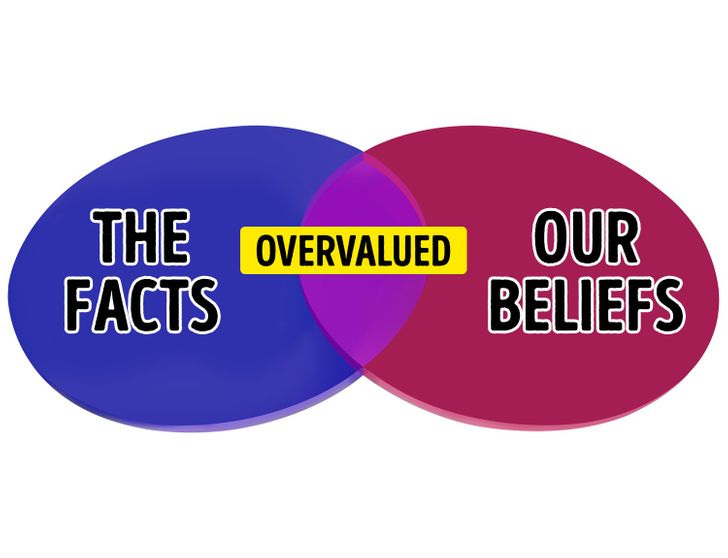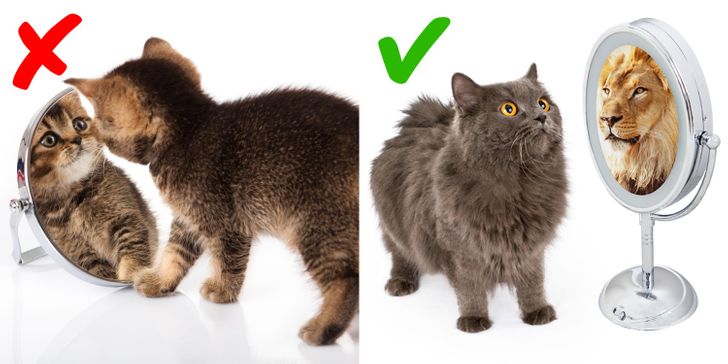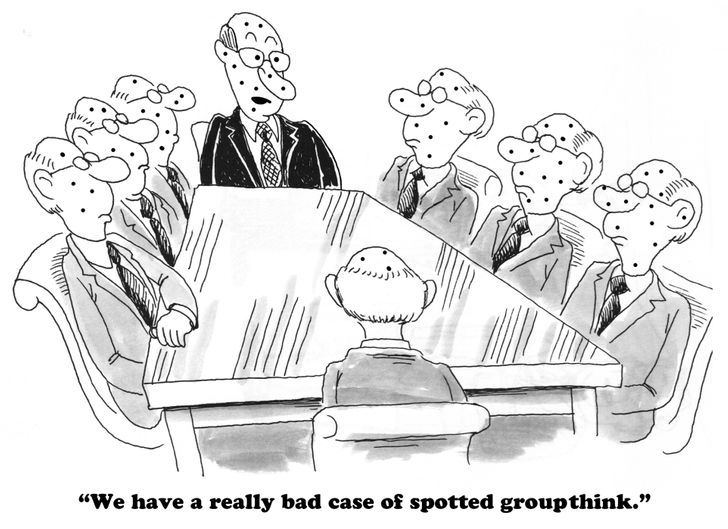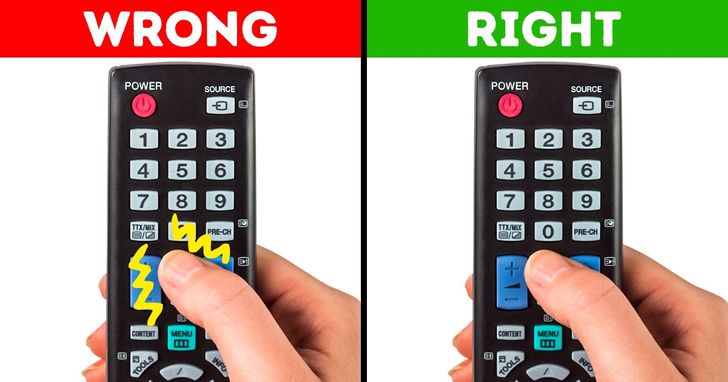As amazing as our brain is, it can often be the reason for some of the mistakes that we make on a daily basis. Turns out, our brain is constantly trying to predict how the world works. The issues start when the internal models of the world that the brain builds don't correspond with reality. In this article, you'll see a list of some notable blunders and biases that can be avoided as soon as you become aware of their existence.
We at Bhaskar Health have collected some surprising psychological observations that have been scientifically proven. Check out this list to find out how to get the most out of your brain!
1. The paradox of choice
Surprisingly, people prefer having fewer options to being given more choices. When there are plenty of options to choose from, the decision-making ability is paralyzed. This phenomenon has been proven by the "jam" experiment. When presented with many jars of jam, only 3% of customers made a purchase. When the number of options was limited, 30% of customers bought something.
To avoid this paradox, customers should not be afraid of making a choice while sellers should seek a middle ground so that people don't become paralyzed by the abundance of options out there.
2. Confirmation bias
People are more likely to believe that something is true if it confirms their own assumptions. This bias is dangerous because it prevents us from objectively evaluating events and from searching for more information when the evidence confirms what we have believed so far. This phenomenon is widely used in social media, where the information is filtered based on our preferences: we only see the information we are more likely to agree with.
3. Focusing effect
According to psychologists, it is the most memorable part of our past experiences in relation to the object in question that is responsible for guiding our decisions. Other pieces of information are simply ignored. This bias is called the "focusing effect."
A study in 1998 showed that this effect influences the way we perceive things: participants in that study falsely believed people from California to be happier than Mid-westerners, relying only on the information that California is sunnier while ignoring other factors that can affect happiness.
4. Pygmalion effect
The Pygmalion effect is a term that was coined by Rosenthal and Jacobsen in 1968. It relates to the connection between other people's expectations and our performance. Students tend to perform better when their teachers have higher expectations of them and create situations in which positive behavior is more likely to occur. If you want your students or employees to succeed, never predict failure!
5. Groupthink
The groupthink phenomenon explains why bad decisions are made even when there are intelligent and educated people in the group: people would rather suppress their opinions than risk causing a conflict. Interestingly, the term was first coined in the context of political decisions that led to dire consequences. Groupthink can be avoided only when the leader of the group takes the proper measures to do so, such as appointing a critical evaluator or having experts from outside the group during important discussions.
6. Swimmer's body illusion
The swimmer's body illusion results from confusing selection factors with the results of hard training, or more globally, confusing the cause and the result. Nobody can get a swimmer's body just by training hard – swimmers were blessed by nature with their physique and they had to support it with extensive training. The same rule can apply to other situations: do top-performing universities provide the best education or do they invest their time in choosing the best students to study there?
7. Pareidolia: seeing patterns in things
Why do we see a face on the moon or a human body shape in an orange when they are clearly not there? This illusion of perceiving a familiar pattern is formed in the temporal lobe area of the brain that's responsible for the recognition of faces. Evolutionary, such false positives aren't as dangerous as failing to recognize a predator and remain a "side effect" of our ability to recognize objects.
8. Frequency illusion
The frequency illusion is a curious psychological phenomenon: when we learn a new piece of information or see a particular object on TV, we start noticing it everywhere. Frequency illusion is connected with our ability for selective attention. The object did not appear there after you learned about it – it's actually been there the whole time and you just failed to notice it.
9. Operant conditioning
Operant conditioning is a famous psychological tool to modify behavior using positive and negative reinforcement. Due to operant conditioning, we know that certain actions lead to certain consequences. We become conditioned that every time we push a button on a remote control or an elevator, something happens.
But what if the elevator breaks down or if the batteries in the remote control die? In such cases, the connection doesn't work. When we're faced with such a situation, our initial response is to push the button multiple times until the familiar outcome is reached.
10. Loss aversion bias
Loss aversion is something that prevents you from trying out new things or moving from an old, yet familiar, apartment. For most people, the pain of losing something is larger than the satisfaction they may get from the equivalent gain. Loss aversion can also explain why the threat of a penalty is more motivating than a possible reward.
11. Self-serving bias
Most people tend to attribute their failures to external circumstances and their success to their own character. For people with low self-esteem, the attribution style may be flipped. Both types of behavior are well-known in psychology and are counter-productive. To avoid self-serving bias, people should be aware of it to correct their behavior and to be kinder to themselves during moments of failure.
12. Color psychology
Black is the most popular color for phones, and it's closely followed by the color white. It turns out that our choice of color says a lot about our personality. According to psychologists, we choose a color subconsciously about 80% of the time. Moreover, other people pay attention to our choice of colors. If you want to stand out from the crowd, don't choose a white or a black phone, as black phones characterize you as somebody who goes with the flow and white shows that you are afraid of taking risks.
Have you noticed yourself making any of these mistakes lately? Share your stories and experiences with us in the comments!













0Comments